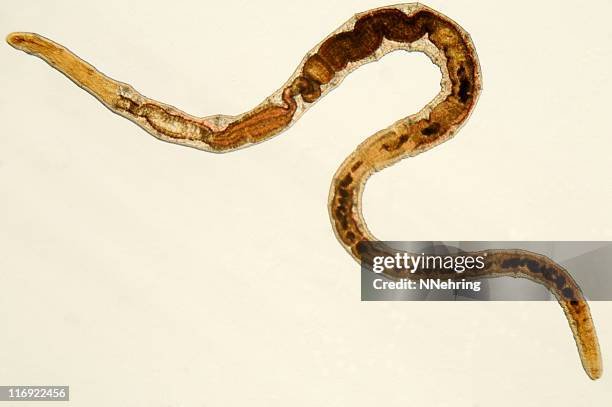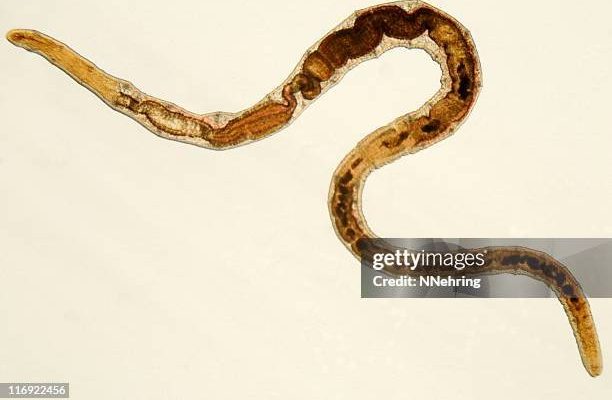
In this article, we’ll break down the feeding mechanism of segmented worms step by step. This isn’t just about what they eat—it’s about how they do it. Don’t worry if you’re new to this; I’ll walk you through the process in a simple, engaging way. So grab a cup of coffee, and let’s get into the wormy world of these remarkable creatures.
Understanding Segmented Worms
Before we dive into how these worms eat, it’s crucial to understand what segmented worms are. They belong to the phylum Annelida, which includes various species like earthworms, leeches, and marine worms. One of the most distinctive features of segmented worms is their *segmented body structure*. This means their bodies are divided into multiple segments, giving them flexibility and the ability to perform various functions.
These segments are not just for show; they contain muscles and organs that play crucial roles in movement and feeding. Imagine each segment as a mini power pack, working together to help the worm navigate its environment. As these worms burrow through the ground, they loosen the soil, allowing air and nutrients to reach plant roots—an essential part of soil health!
The Basics of Feeding
So, how do segmented worms actually eat? Their feeding mechanism is quite remarkable. These worms are primarily *detritivores*, meaning they feed on decomposing organic material. A common misconception is that they swallow food whole; instead, they employ a more sophisticated method.
When a segmented worm comes across decaying leaves, dead plants, or organic debris, it uses its muscular pharynx to suck in the food. The pharynx acts like a straw, pulling the tasty bits into the worm’s body. This process is often aided by the worm’s moist skin, which helps in breaking down the food further. More on that in a bit!
Breaking Down the Food: The Digestive System
Once the food is inside, it travels through the worm’s digestive system, which is surprisingly long and complex. The digestive tract consists of several key parts: the pharynx, esophagus, crop, gizzard, and intestine. Let’s break down what each part does:
- Pharynx: This is the entry point where the worm sucks in food.
- Esophagus: Here, the food is further transported to the crop.
- Crop: This is like a storage chamber where the food waits before being digested.
- Gizzard: This muscular part grinds the food into smaller bits, helping to break it down even more.
- Intestine: Finally, the nutrients from the food are absorbed here.
This whole process is an excellent example of how segmented worms are designed efficiently for their role in nature. They continually break down organic matter, helping recycle nutrients back into the soil.
The Role of Soil and Moisture
You might be wondering why soil is so important for segmented worms. Well, these creatures have a close relationship with their environment, particularly in terms of moisture. Segmented worms thrive in damp soil, which is critical for their survival. Their skin needs to stay moist to absorb oxygen and nutrients effectively.
When it rains or when the soil is rich in organic matter, it creates an ideal habitat for worms. If the soil dries out, these worms can become sluggish or even die. So, think of these worms as nature’s moisture gauges, thriving in wet environments where they can do their feeding and burrowing work.
Nutrient Recycling: Why It Matters
The feeding mechanism of segmented worms isn’t just an interesting fact; it has real implications for the environment. When worms break down organic matter through their feeding, they are contributing significantly to nutrient cycling. This process enriches the soil, making it more fertile for plants and, ultimately, for animals and humans.
You might think of worms as the silent workers of the ecosystem, tirelessly converting organic waste into nutrient-rich soil. Without them, our gardens and farms wouldn’t be as productive, and the natural cycles of life would falter. It’s pretty incredible to think about how much impact these tiny creatures can have!
How Segmented Worms Compare to Other Creatures
When it comes to feeding, segmented worms have some fascinating competitors. For example, consider how earthworms compare to insects or other scavengers. While insects often have specialized mouthparts for specific feeding strategies, worms employ a more generalized approach. Their ability to consume a wide variety of organic material means they can thrive in diverse environments.
In contrast, animals like cows or horses rely on a much more complex digestive system that includes multiple stomach chambers to break down tough plant matter. Worms rely on their gizzard and the efficiency of their digestive tract to do the heavy lifting, making them quite unique in the animal kingdom.
Final Thoughts on Segmented Worms and Their Feeding Mechanism
The feeding mechanism of segmented worms is a fascinating example of nature’s ingenuity. From their segmented bodies to their intricate digestive systems, these worms play a vital role in maintaining healthy ecosystems. They help break down organic material, enrich the soil, and ensure nutrients are recycled back into the environment.
Next time you see a worm wriggling in the dirt, remember just how important these little creatures are. They might seem simple, but their feeding process is a critical piece of the larger puzzle of life on Earth. So, whether you’re gardening or just enjoying nature, take a moment to appreciate the unsung heroes of the soil!

